Looking to buy in bulk and save?
2025 Pricing
Cow Pricing
$4.50/Pound on Hanging Weight
What to expect with processing fees
Whole Cow $3,400.00 - $4,600.00 ($500 due to reserve)
½ Cow - $1,700.00 - $2,300.00 ($250 due to reserve)
¼ Cow - $850.00 - $1,150.00 ($125 due to reserve)
Price depends on hanging weight of animal
Processing fees are estimated an additional .89/hanging weigh pound. You pay this to the processor when picking up your share. After your share is dropped off at the processor, you will call them to place your specific cuts. We have several processors nearby - you can request a specific one or we will pick one for you
Deposits are required to hold your share until processing. Deposits are subtracted from your remaining balance with the farm.
PREMIUM BEEFALO offered - please inquire about availability.
E-mail us at contact@5lsfarm.com to be placed on the waiting list. We are actively fulfilling orders and will respond with approx. butcher dates available.
We offer payment plans but they must be paid in full prior to releasing the animal to the processor.
Let's talk cattle weights...
What is the difference between “hanging weight” and “weight”?
When it comes to beef weights, there are 3 distinctions to be aware of:
- Live weight. This is what the animal weighed when it was alive on the hoof. (for us, our animals come off our grass weighing around 1300 pounds)
- Hanging weight. This is the weight that the butcher gives us after hide, organs and legs have been removed. The hanging weight is usually about 60% of the live weight. (1300 lb. animal would have an estimated hanging weight of 780 lbs.)
- Take-home weight. This is the weight of the meat that each customer will bring home. This weight is usually about 60-65% of the hanging weight. For a 195 lb. quarter share the final weight would be approx. 117-127 pounds.
NOTE: The weight is lost in two ways. About 4% is water weight lost during the 21-day
period that the carcass is hung (or “cured”). Then about another 30-35% is lost during the cutting process. This amount varies based on two factors – one is the amount of fat in the meat, and the other is the cuts that a customer requests. Higher fat means more loss. (Our grass-fed beef animals tend to be lower fat, so the loss tends to be closer to 35%.) Also, the more boneless cuts requested by the customer, the lower the final weight. (Note that the lower weight doesn’t mean that you are receiving less
meat – rather, you are receiving fewer bones).
